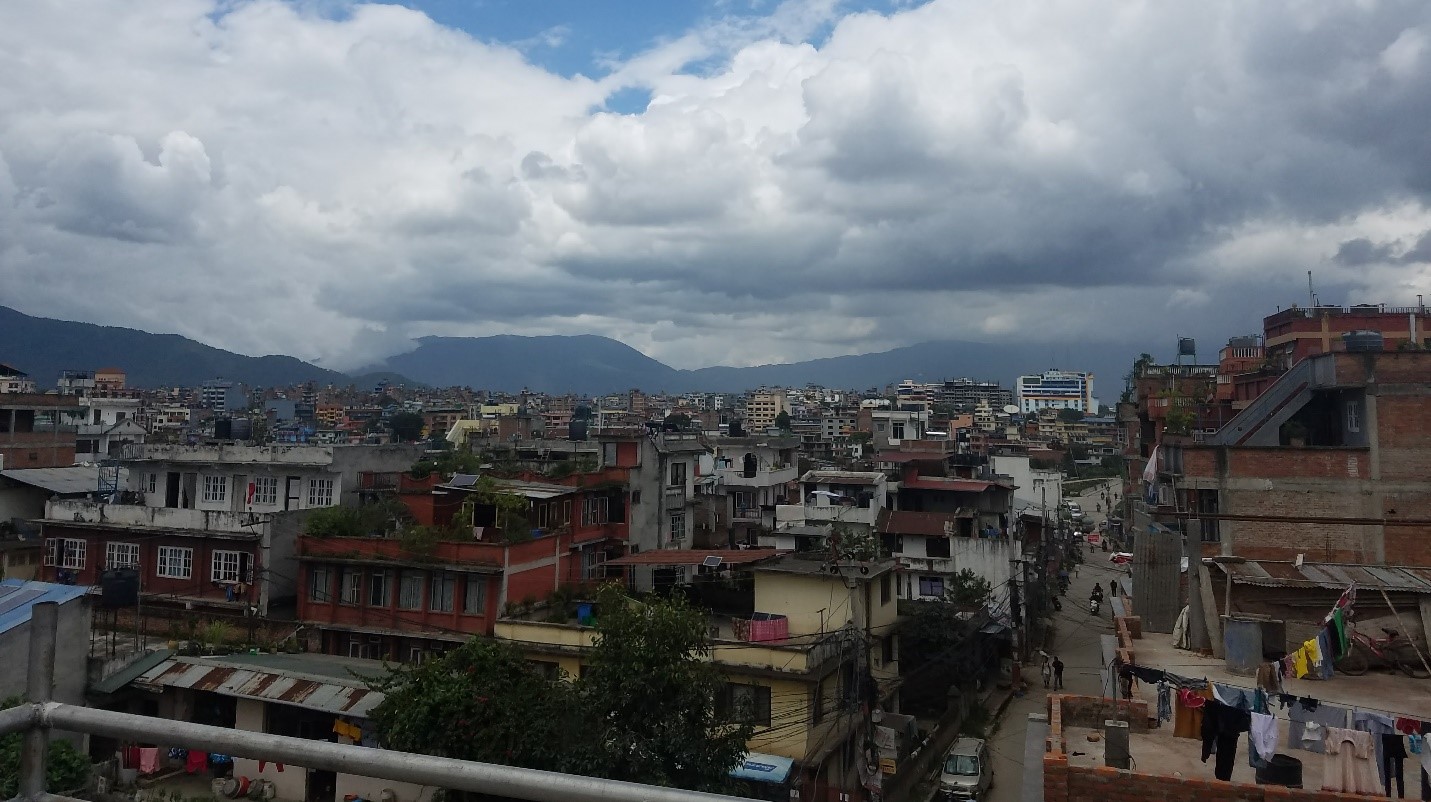Written by Ben Eveslage, Technical Officer, Global Health, Population, and Nutrition, FHI 360

In 2015, I joined the LINKAGES team because I believed that the work of eradicating AIDS on a global scale would be incomplete without a focus on structural barriers to prevention, care, and treatment— including stigma, discrimination, and violence. In my experience, I saw a lot of “talk” about these issues, but less “walk.”
From 2009 to 2014, I spent time in Ghana and happened to interact with many “beneficiaries” of previous FHI 360-led key population (KP) HIV interventions. Many of these individuals became my first lesbian, gay, bisexual, and transgender (LGBT) friends — during a time when I was first coming out as a gay-identified man. While I recognize my privilege as a foreigner there, I too experienced issues of stigma and discrimination. These impressionable experiences led me to explore more broadly the experiences of sexual and gender minorities across a wide swath of society in Ghana. I interviewed more than 120 people in Ghana and explored how HIV programs, technology, and political discourse related to homosexuality affected their lives.
Structural barriers disproportionately affect key and vulnerable populations’ access to and demand for HIV services. This comes as no surprise. Often, these structural barriers are a primary reason why KP communities, including men who have sex with men, people who inject drugs, sex workers, and transgender people, are most at risk for HIV in the first place. KPs are at risk of HIV not only due to “risk behaviors” but also to social stigma that can result in stigmatizing or discriminatory health services and internalized stigma that limits KP members’ own demand for services (see evidence of these impacts on men who have sex with men and female sex workers). The evidence indicates that countering these debilitating barriers should remain at the heart of any effective HIV response with KPs. Indeed, LINKAGES conducted several KP HIV cascade assessments including in Malawi, Cameroon, Nepal, and Swaziland, and a major common theme was highlighted throughout: persistent structural barriers.
Efforts to address stigma, discrimination, and violence should be integrated throughout our work in smart ways that still recognize our mandate and scope. For instance, I have seen a few useful examples of approaches taken by HIV programs to address these structural barriers, and some include:
- Conducting HIV risk assessments that include asking about KP’s experiences of violence to tailor HIV prevention and provide violence response services
- Training networks of peer workers and powerholders to detect and respond to incidents of violence against KPs
- Developing innovative training materials for health workers on inclusive and competent services for men who have sex with men and transgender people (see the CPR online learning platform by MSMGF)
- Providing emergency funds for LGBT communities to mitigate or counter new or worsening structural barriers (Rapid Response Fund by the International HIV/AIDS Alliance)
- Monitoring how health care workers treat KP members in health facilities to ensure the availability of KP-competent and inclusive care (see examples from Health Policy Plus)
- Producing research findings on stigma and discrimination experienced by KPs and people living with HIV across various domains for advocacy and programming (see the PLHIV Stigma Index)
- Facilitating support groups and safe spaces to work against self-stigma and intragroup stigma that breaks down communities and KP individuals’ self-esteem
- Developing electronic nationally-scaleable routine monitoring systems for stigma and discrimination against KPs in health facilities and providing feedback to facilities for rapid quality improvement (LINKAGES SMS2 system)
Since the dawn of KP HIV programs I think we have struggled to conceptualize our role in addressing structural barriers. But now we know a lot more about them. We have some new tools and strategies to help us assess and address these barriers to improving public health outcomes. If HIV programs are to help reach the end of AIDS, we need to move beyond recognizing the obvious and simply talking about structural barriers. We need to program for it. We need to adapt these approaches and integrate them into our routine HIV program implementation. They need to be targeted structural interventions that can be measured, and they need to efficiently contribute to our mandate of increasing demand for and uptake of HIV services.
